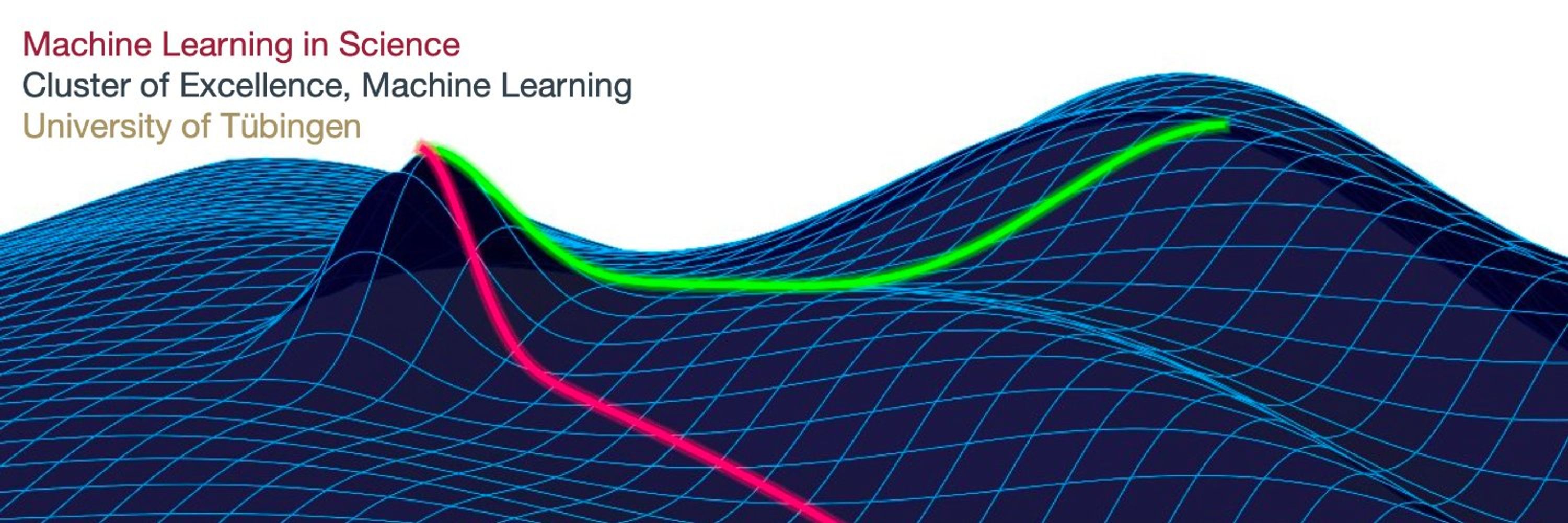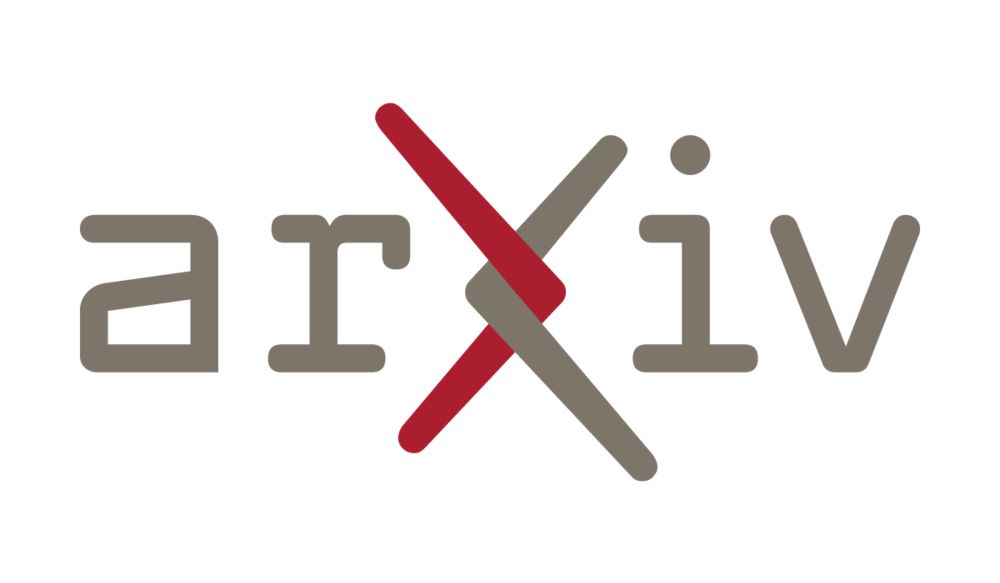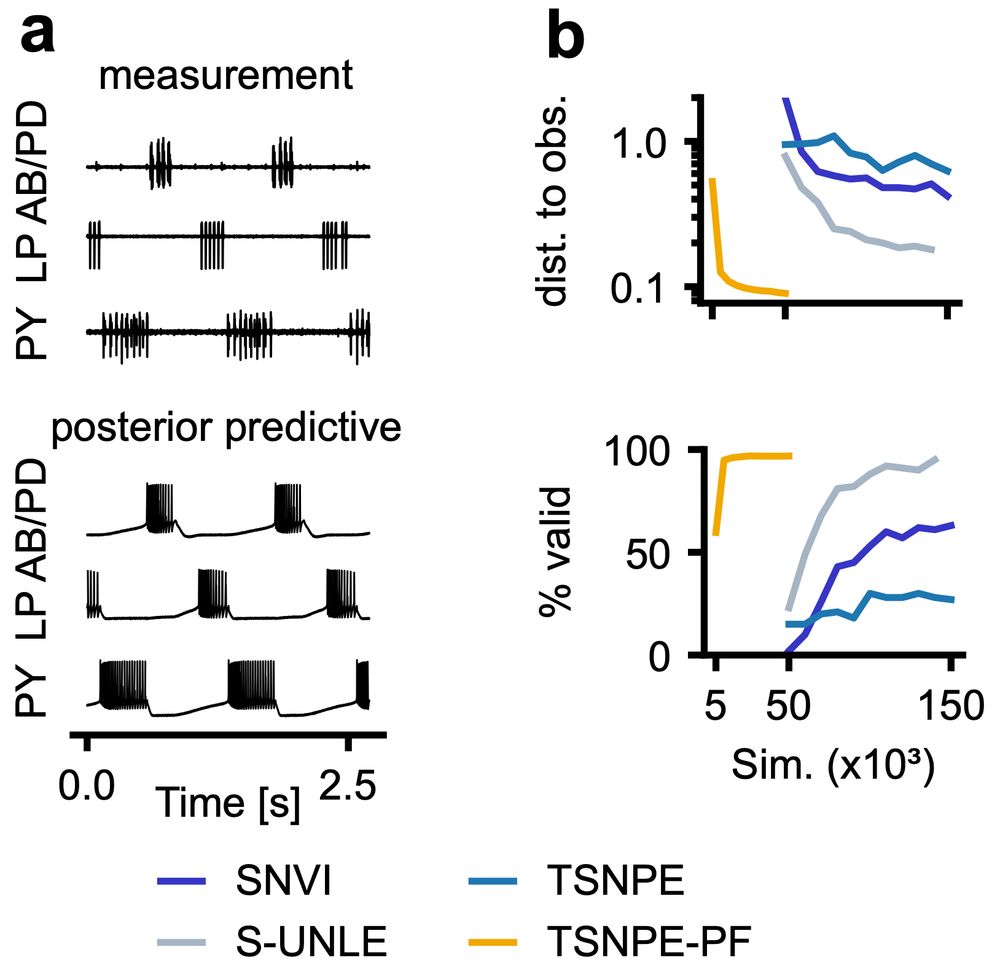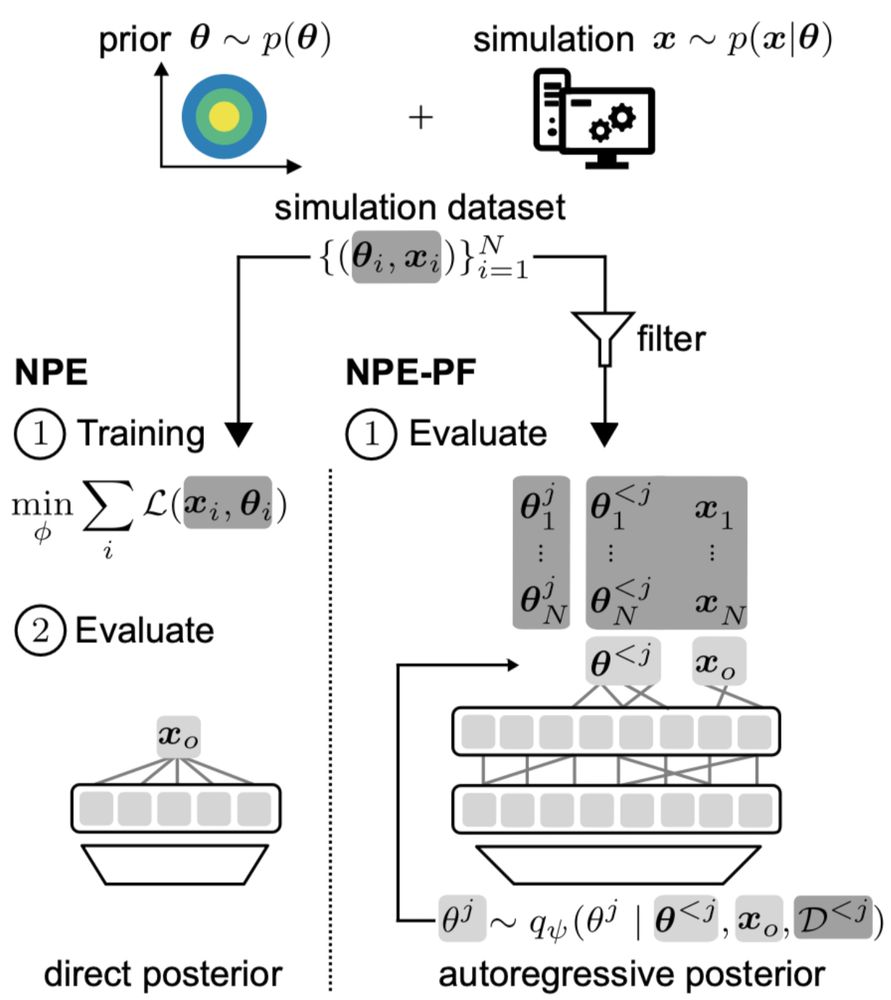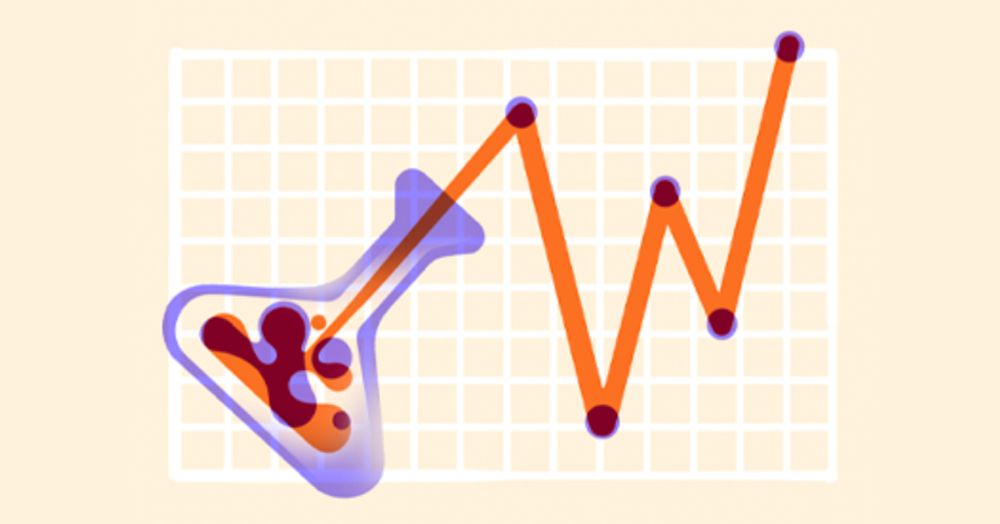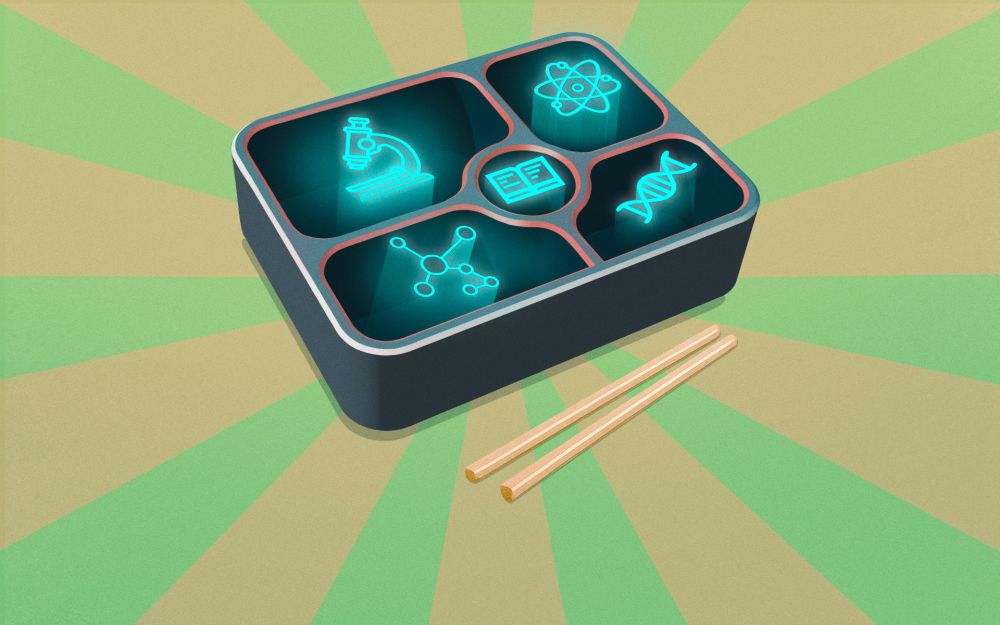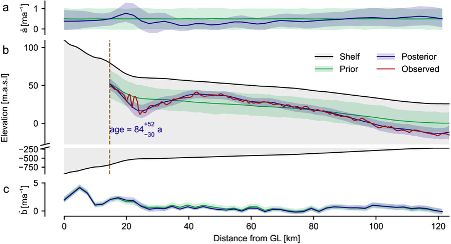Machine Learning in Science
@mackelab.bsky.social
2.3K followers
200 following
60 posts
We build probabilistic #MachineLearning and #AI Tools for scientific discovery, especially in Neuroscience. Probably not posted by @jakhmack.bsky.social.
📍 @ml4science.bsky.social, Tübingen, Germany
Posts
Media
Videos
Starter Packs
Reposted by Machine Learning in Science
Reposted by Machine Learning in Science
